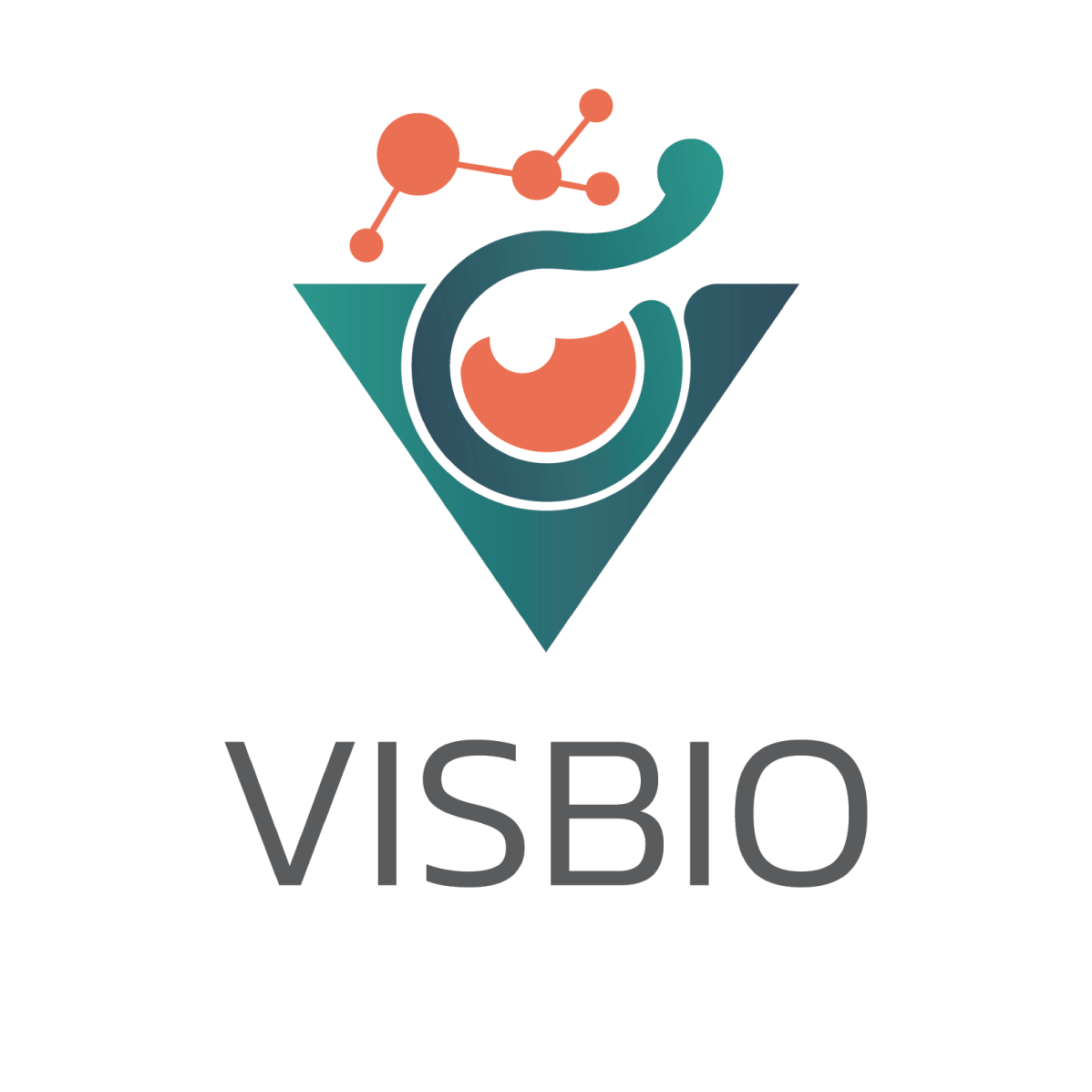In the relentless search for new therapeutic strategies, computational methods such as molecular docking have emerged as critical tools for identifying potential inhibitors in drug discovery. These methods allow researchers to predict how small molecules, such as analogues of natural products, interact with biological targets like enzymes. Such insights are especially valuable in the ongoing battle against HIV, where drug resistance continues to challenge current therapies. One promising target in HIV treatment is HIV-1 integrase, an enzyme that facilitates the integration of viral DNA into the host genome, a key step in the viral replication cycle.
In this context, the recent study titled “Molecular docking study of lamellarin analogues and identification of potential inhibitors of HIV-1 integrase strand transfer complex by virtual screening”, led by Associate Professor Dr. Kiattawee Choowongkomon, explores the potential of lamellarin analogues as inhibitors of HIV-1 integrase. Using a combination of virtual screening and molecular docking, the study identifies promising compounds that could serve as effective inhibitors, disrupting the HIV-1 replication process. This research paves the way for the development of novel antiretroviral therapies that target the strand transfer complex (STC), offering hope for more effective treatments with reduced drug resistance.
The Role of HIV-1 Integrase in Viral Replication
The enzyme HIV-1 integrase plays a critical role in the HIV life cycle by integrating viral DNA into the host cell’s genome. This process is essential for the virus’s ability to replicate and produce new viral particles. The strand transfer complex (STC) is a key component of this integration process. Drugs that inhibit the STC can effectively block viral replication, making integrase inhibitors an important class of antiretroviral drugs. However, the rise of drug-resistant strains of HIV has underscored the need for new integrase inhibitors that can overcome these challenges.

This is where the lamellarin analogues come into play. Lamellarins are a group of marine-derived alkaloids known for their diverse biological activities, including anticancer, antiviral, and enzyme inhibition properties. By using molecular docking techniques, the researchers explored how these analogues could bind to the active site of HIV-1 integrase, potentially blocking the enzyme’s function and preventing the virus from integrating into the host genome.

Virtual Screening and Molecular Docking: Identifying Key Inhibitors
The study employed virtual screening to search for lamellarin analogues that could inhibit HIV-1 integrase. Virtual screening is a computational technique that allows researchers to evaluate large libraries of compounds, predicting how they will interact with a target protein based on their molecular structure. In this case, the target was the HIV-1 integrase strand transfer complex.
Once potential candidates were identified, molecular docking was used to predict the binding affinities of these compounds to HIV-1 integrase. The docking simulations provided detailed insights into how each compound interacted with the enzyme’s active site, highlighting key molecular interactions that contribute to binding strength. The study identified several lamellarin analogues with high docking scores, suggesting that they could serve as potent inhibitors of the STC.
Key Findings: Potential HIV-1 Integrase Inhibitors
The virtual screening and molecular docking studies revealed several lamellarin analogues with strong potential to inhibit the HIV-1 integrase strand transfer complex. These compounds exhibited favorable binding affinities, forming hydrogen bonds and hydrophobic interactions with key amino acids in the active site of HIV-1 integrase. This ability to disrupt the integrase’s function positions these analogues as promising candidates for further development into antiretroviral therapies.
One of the standout compounds identified in the study demonstrated particularly high binding affinity, showing strong potential as a lead compound for drug development. This finding is significant, as it offers a new pathway for developing integrase inhibitors that could overcome the resistance challenges seen with existing drugs like raltegravir and dolutegravir.
The Importance of Targeting the Strand Transfer Complex
Inhibiting the strand transfer complex (STC) is a critical strategy in blocking HIV-1 replication. The STC facilitates the integration of viral DNA into the host genome, making it an essential step in the HIV life cycle. By specifically targeting the STC, lamellarin analogues offer a novel mechanism of action, potentially reducing the risk of cross-resistance with existing integrase inhibitors. This makes the compounds identified in this study particularly valuable in the fight against HIV drug resistance.
Moreover, the study’s use of molecular docking provides a detailed understanding of how these compounds interact with the integrase enzyme, offering a clear roadmap for optimizing these molecules for increased potency and selectivity. This approach can help researchers refine the structure of lamellarin analogues to create more effective and less toxic drugs.
What Does This Mean for Your Business?
For companies in the pharmaceutical and biotechnology sectors, the discovery of lamellarin analogues as potential HIV-1 integrase inhibitors represents a significant business opportunity. The need for new antiretroviral therapies is growing, particularly in light of rising drug resistance. Investing in the development of integrase strand transfer inhibitors (INSTIs) that target the HIV-1 integrase enzyme offers a pathway to the next generation of HIV treatments.
By collaborating with research institutions like Dr. Kiattawee’s team, companies can accelerate the drug discovery process, gaining early access to promising integrase inhibitors. These compounds could fill a critical gap in the HIV treatment landscape, providing a competitive edge in the market for antiretroviral drugs. Additionally, there is increasing demand for therapies that can overcome drug resistance, which could position your business as a leader in this innovative space.
The success of these lamellarin analogues also opens up potential applications beyond HIV, as their molecular docking results suggest they could be modified to target other viral or cancer-related enzymes. This versatility adds value to investing in these compounds as part of a broader drug discovery pipeline.

Shaping the Future of HIV-1 Treatment
The discovery of lamellarin analogues that inhibit the HIV-1 integrase strand transfer complex marks an important step forward in the development of new HIV therapies. With the increasing prevalence of drug-resistant HIV strains, there is an urgent need for new treatments that can effectively block the virus’s ability to replicate. The identification of these analogues provides a promising avenue for the development of next-generation integrase inhibitors, which could be more effective and have fewer side effects than current therapies.
As the pharmaceutical industry continues to explore natural products for drug development, the use of virtual screening and molecular docking in this study demonstrates the power of computational tools in accelerating the discovery of novel compounds. By investing in these techniques, companies can stay ahead in the race to develop breakthrough treatments for HIV and other diseases.
Partner with Us for Cutting-Edge HIV Therapies
At the forefront of antiviral drug discovery, our research team is dedicated to identifying and optimizing new HIV-1 integrase inhibitors. We invite pharmaceutical and biotech companies to collaborate with us in developing these promising lamellarin analogues into commercially viable treatments. Contact us today for a free consultation and learn how your business can be part of the future of HIV-1 treatment.

About the Author:
Associate Professor Dr. Kiattawee Choowongkomon is a renowned biochemist with over 200 publications, specializing in protein structure, enzyme inhibition, and bioactive natural compounds. His research has contributed significantly to the discovery of new drug candidates for viral infections and cancer. Dr. Kiattawee has a proven track record of collaborating with pharmaceutical companies to bring innovative therapies from the lab to the market.
About the Research:
This study, titled “Molecular docking study of lamellarin analogues and identification of potential inhibitors of HIV-1 integrase strand transfer complex by virtual screening,” was published in Heliyon and can be accessed via DOI: 10.1016/j.heliyon.2019.e02811. It focuses on the molecular docking of lamellarin analogues and their potential as HIV-1 integrase inhibitors, offering a promising path for future drug development.


